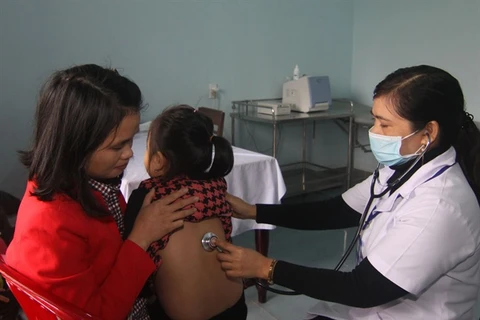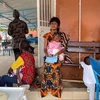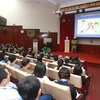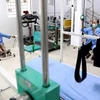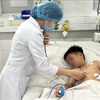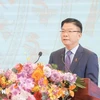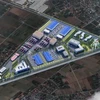Hanoi (VNA) – Prime Minister Nguyen Xuan Phuc has approved the Vietnam Health Programme to improve the well-being, stature, longevity and life quality of Vietnamese people.
The programme sets three goals – to promote a healthy diet and lifestyle with appropriate nutrition and increased physical activity to improve Vietnamese people’s stature and well-being; to raise public awareness for behavioral change to protect health and prevent health-related common risks; and to provide constant and long-term primary health care services to reduce burden of illness and health on the community and enhance the quality of life for people.
To achieve the goals, it will focus on improving health care for children and students; prevent impact of tobacco and alcohol; ensure environmental sanitation and food safety; and foster the early detection and management of a number of non-communicable diseases, community-based health care provision, and the delivery of health care services for the elderly and workers.
The Vietnam Health Programme will link different programmes and projects on related issues to strive towards these goals.
It will be implemented nationwide from 2018 – 2030. From 2031, the programme will review its goals and priorities based on the results and real situation at that time.
Malnutrition has been mainly blamed for Vietnamese people’s shortness compared with other their peers in countries in Asia and Europe, according to the National Institute of Nutrition.
Vietnamese men are 163.7cm tall on average – 13.1cm shorter than the World Health Organisation standard, while Vietnamese women are 153cm on average – 10.7cm below the standard. Compared with peoples of other countries in the region, Vietnamese people are on average about 8cm shorter.
The clearest difference in height between Vietnamese people and others is seen in children 6-12 months old and 6-11 years old.
Nutrition experts affirmed that genetic heredity is not responsible for Vietnamese people’s shortness. Vietnamese children who are born and grow up in Europe grow as tall as those in their host country.
Factors that affect children’s height and weight mainly occur in the foetal stage and in the first two years, so it is vital to provide the correct micronutrients to children during those periods. –VNA
VNA


